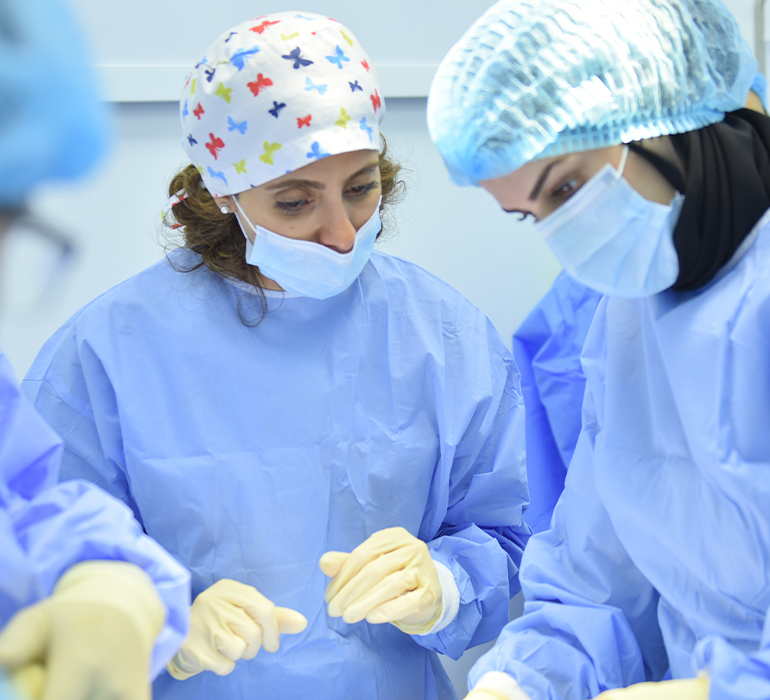What Is a Dermatologist and How they can assist you to treat hair, skin, and nail problems?
A dermatologist is a special care doctor that diagnoses and treats conditions that affect your hair, skin, and nails. They also can treat conditions that affect mucous membranes, or the delicate tissue that lines your nose, mouth, and eyelids.
The primary reasons for these visits include treating:
- skin lesions
- acne
- skin rashes
- discoloration or pigmentation
Beyond these medical and cosmetic issues, a dermatologist can also help recognize the signs and symptoms of serious underlying health issues.
For example, a condition like diabetes can cause symptoms that impact your skin’s appearance. A dermatologist may be the first healthcare provider to recognize the signs.
The Centers for Disease Control and Prevention (CDC) estimates that there are 43 million trusted Source visits to dermatologists every year.
This post will take a deeper look at what a dermatologist can treat and the procedures they perform. If you want to know when it might be time to make an appointment to see a dermatologist in Abu Dhabi, we have helped too.
What is dermatology?
Dermatology is an area of medicine that focuses on health issues affecting the skin, hair, nails, and mucous membranes.
The skin is the largest organ of the body. It is also the first line of defense against pathogens and injury, and it can be a good indicator of overall health. It contains nerve endings, sweat glands, hair follicles, pores, blood vessels, and many other structures. Caring for it is important to your overall health.
Common Conditions
Being a dermatologist requires a great depth of clinical knowledge, including, for example, the various internal health problems that can cause skin symptoms.
Dermatologists can treat more than 3,000 conditions. Below are some examples of those that they see most commonly:
Acne: Among the most prevalent skin issues, acne has a range of causes that can lead to different types of pimples. Some people experience scarring, low self-esteem, and other complications.
Dermatitis and eczema: Dermatitis is inflammation of the skin, and it typically leads to swelling with an itchy rash. There are various forms, including atopic dermatitis, which is the most common type of eczema.
Fungal infections: These are common and sometimes involve the skin, nails, and hair. A group of yeasts called Candida can cause a wide range of fungal infections, including oral thrush, ringworm, athlete’s foot, and balanitis.
Hair loss: About 80 million people in the U.S. have hereditary hair loss. A range of health issues can also cause hair loss, including head lice, which affects around 6–12 million children aged 3–11 years in the U.S. annually.
Warts: These are contagious, benign skin growths that appear when a virus has infected the top layer of skin. A dermatologist can use a variety of treatments to remove persistent warts.
Nail problems: Dermatologists also treat health issues that damage the skin around and under the nails. Ingrown nails, fungal infections, and various other conditions can cause this damage.
Vitiligo: This involves the skin losing melanin, a pigment. As a result, some patches of skin are lighter in color than others.
Psoriasis: This chronic autoimmune disorder speeds up the growth of skin cells, resulting in patches of skin that may be thick, red, purple, or silvery and scaly. There are several types of psoriasis.
Rosacea: This causes redness in the face, sometimes with pus-filled bumps, visible blood vessels, and swelling of the eyelids. Symptoms can spread from the nose and cheeks to the forehead, chin, ears, chest, and back.
Shingles, or herpes zoster: This viral infection causes a rash that may be painful. It may clear in a few weeks without treatment, but medical intervention can help speed recovery and prevent complications, which can be severe.
Skin cancer: About 1 in 5 people in the U.S. develop a type of skin cancer by age 70. The most common forms are basal cell carcinoma, melanoma, and squamous cell carcinoma.
Type of dermatology procedures
Some procedures that dermatologists regularly do include:
- Biopsies. A dermatologist can perform different types of biopsy procedures to diagnose or rule out skin cancer or other conditions.
Laser therapy. Laser therapy treatments may be used to remove warts, moles, sun spots, tattoos, acne scars, blemishes, wrinkles, or unwanted hair. - Surgical excision. A dermatologist may perform a surgical excision to remove growths like moles, skin tags, and lesions. This is usually done with local anesthesia so you don’t feel pain.
- Cryotherapy. Cryotherapy is a unique treatment that involves controlled exposure to extremely cold temperatures. It can be used to treat skin conditions like warts, skin tags, and some tumors.
- Sclerotherapy. Sclerotherapy is a procedure that helps treat spider and varicose veins. It involves injecting chemicals into damaged veins which help to diminish the appearance of these types of veins.
- Mohs surgery. This type of skin cancer surgery removes thin layers of tissue around a tumor. Between each removal, the doctor examines the skin for signs of additional cancer cells. When no more cancer cells are found, they stop removing tissue.
- Chemical peels. Chemical peels remove damaged skin. Peels can help rejuvenate new skin and reduce signs of aging.
- Cosmetic injections. A dermatologist can help diminish the appearance of wrinkles and sagging skin by injecting Botox or fillers during an office visit.
- Dermabrasion. This exfoliating technique can reduce the appearance of fine lines, age spots, acne scars, and precancerous skin patches.
- Tumescent liposuction. Dermatologists use liposuction to remove unwanted fat from targeted areas of your body.
When to see a dermatologist?
If skin, hair, or nail symptoms are not responding to home treatment, it may be time to seek professional attention.
If concerns are cosmetic, a person can seek out a specialized cosmetic dermatologist.
It is important for people to discuss any upcoming dermatological treatments with their insurance providers, who often do not fund cosmetic procedures.
Be sure to obtain copies of any medical reports, consultation notes, and diagnostic test results to assure the insurer of the medical necessity of the treatment.


